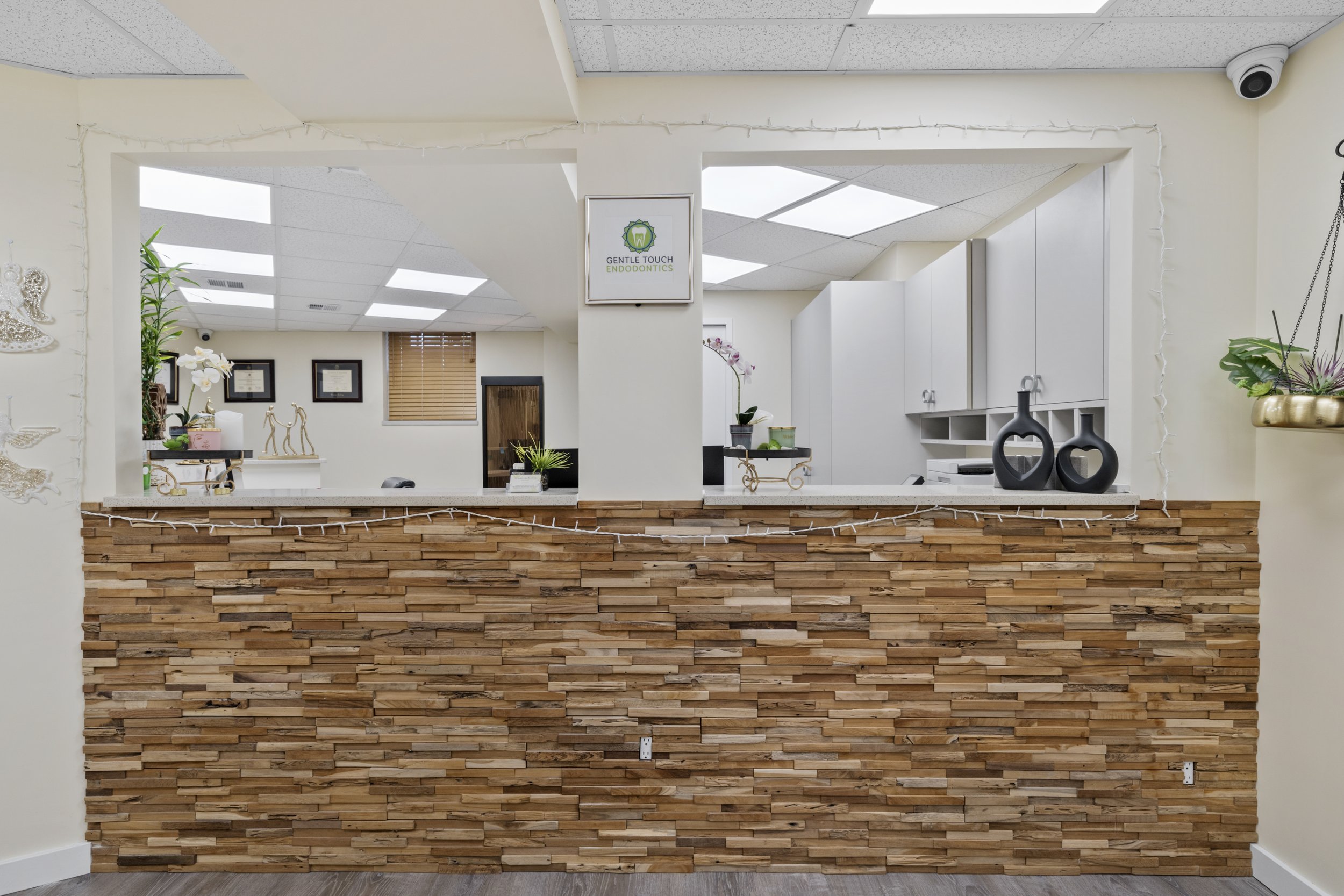
Exceptional Endodontic Care,
Comfort Guaranteed
At Gentle Touch Endodontics, we combine advanced techniques with compassion to ensure stress-free root canal treatments and personalized care.
“Your comfort, trust, and peace of mind are always our top priorities.” - Dr. Luba
— Holistic Care, Tailored to You
At Gentle Touch Endodontics, we’re dedicated to providing compassionate, stress-free care in a warm and welcoming environment. With advanced technology and a caring team, we focus on making your treatment as comfortable and effective as possible. We’re always here to answer your questions and support you every step of the way.
— Meet our Team
-

Dr. Luba Borukhova
-

Jenn - Office Manager
-

Mariana - Assistant
Emergency Services?
— We Care for the Whole You
At Gentle Touch Endodontics, we understand that true healing begins with compassion and connection. Our holistic approach is rooted in the belief that your oral health is intrinsically linked to your overall well-being. That’s why we provide care that goes beyond the surface—combining state-of-the-art technology, a calming environment, and an unwavering commitment to your comfort. From precision-guided treatments to personalized care plans, we focus on restoring balance to your smile and peace to your mind. At Gentle Touch, every detail matters, because we don’t just treat teeth—we care for the whole you.
— Our Services
-

Tooth Resorption
Endodontic surgery, such as an apicoectomy, can address tooth resorption by removing damaged tissue, treating affected root surfaces, and promoting natural healing to preserve the tooth.
-

Diagnosis & Consultation
Our compassionate, holistic approach ensures a relaxing experience as we diagnose the root cause of your pain and create a wellness-focused treatment plan.
-

Root Canal
A root canal relieves pain and saves your natural tooth by removing infected pulp, cleaning the canals, and sealing them to prevent further damage—all in a comfortable, calming environment.
-

Emergency Dentistry
If you're experiencing a dental emergency, our compassionate team is here to provide prompt, state-of-the-art care and individualized attention to relieve your pain and put you at ease.
-

Cracked Teeth
If you've discovered a crack in your teeth, we’re here to provide a stress-free diagnosis and a care plan to protect your dental health until you can visit our office.
“Dr Luba is incredible. My procedure was 'long and difficult,' she said, but it was so much better, and less painful, than my other root canal by far. She obviously has a superior technique. She is proficient, gentle, caring, and is available for consultation pre and post procedure.”
— LEANNE
